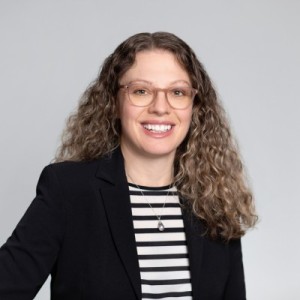- Video Library
- Leah Brownlee Presents Lazurite at LSI USA '23
Leah Brownlee Presents Lazurite at LSI USA '23

Leah Brownlee
Ms. Leah Brownlee joined our company in her current roles in October 2020. She currently serves as board chair of Switch Automation (US), Inc. and her previous positions include of counsel in the global corporate department at Squire Patton Boggs (US) LLP, a top-20 global law firm and executive vice president of compliance and operations at Cleveland Biolabs (NASDAQ: CBLI).
Leah Brownlee
Ms. Leah Brownlee joined our company in her current roles in October 2020. She currently serves as board chair of Switch Automation (US), Inc. and her previous positions include of counsel in the global corporate department at Squire Patton Boggs (US) LLP, a top-20 global law firm and executive vice president of compliance and operations at Cleveland Biolabs (NASDAQ: CBLI).

17011 Beach Blvd, Suite 500 Huntington Beach, CA 92647
714-847-3540© 2025 Life Science Intelligence, Inc., All Rights Reserved. | Privacy Policy







